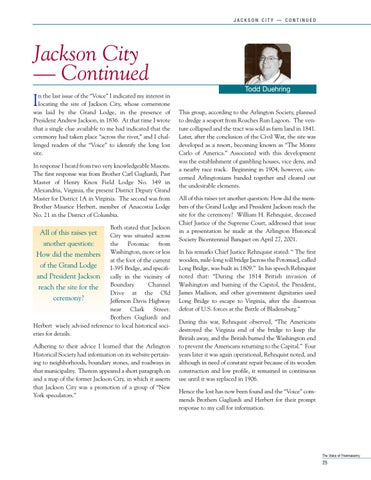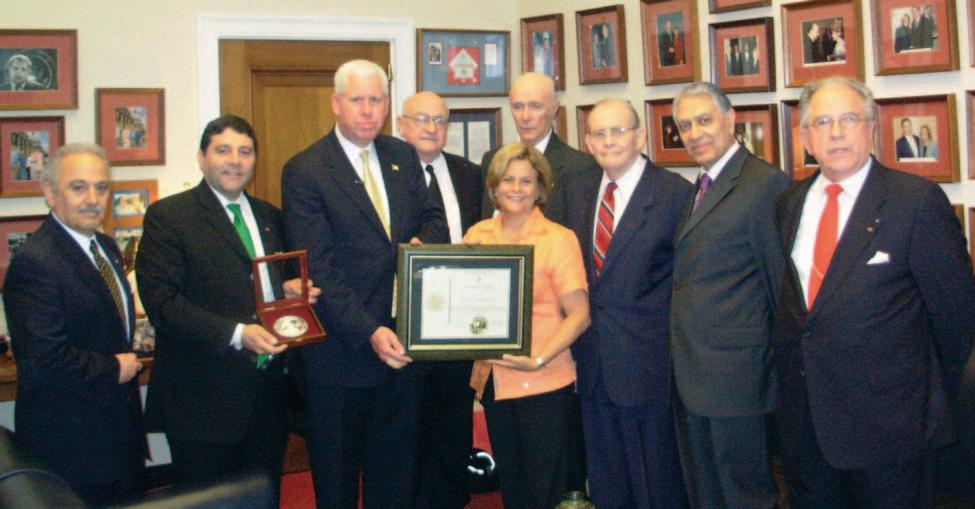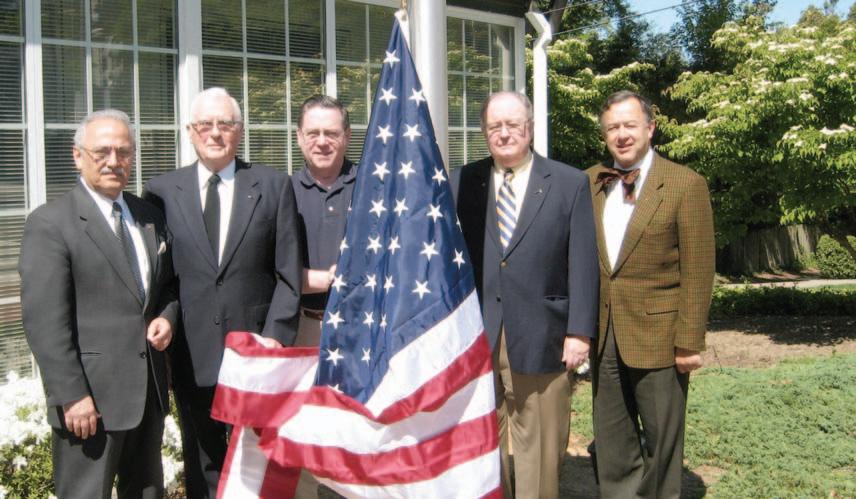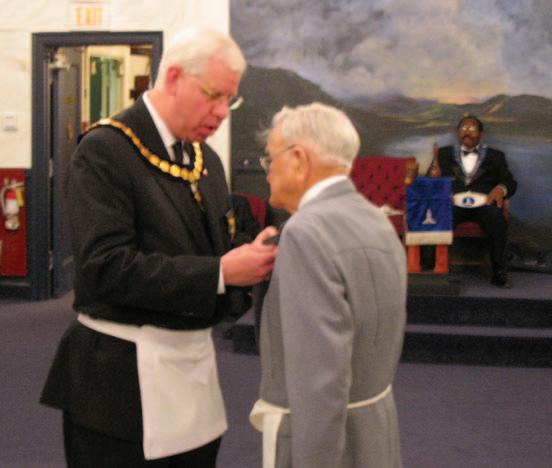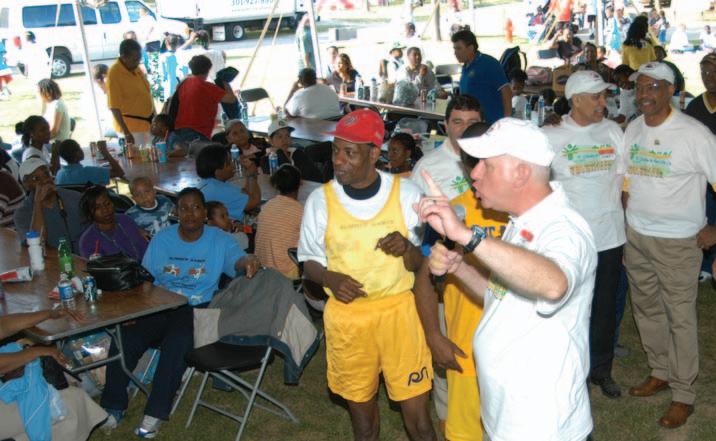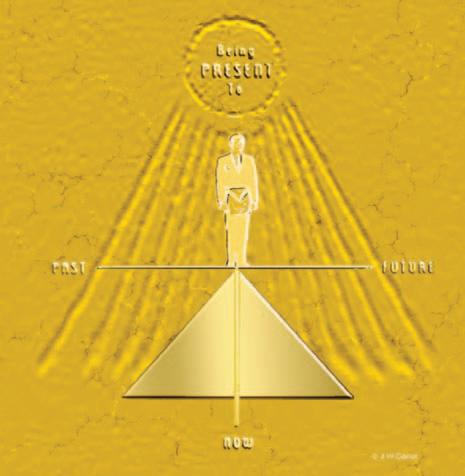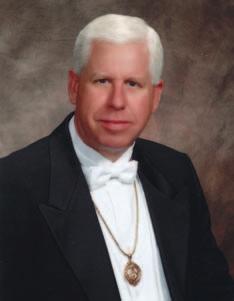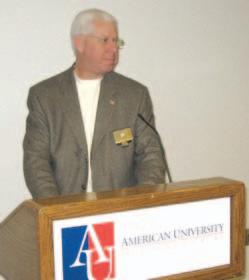JACKSON CITY — CONTINUED
Jackson City — Continued Todd Duehring n the last issue of the “Voice” I indicated my interest in locating the site of Jackson City, whose cornerstone was laid by the Grand Lodge, in the presence of President Andrew Jackson, in 1836. At that time I wrote that a single clue available to me had indicated that the ceremony had taken place “across the river,” and I challenged readers of the “Voice” to identify the long lost site.
I
In response I heard from two very knowledgeable Masons. The first response was from Brother Carl Gagliardi, Past Master of Henry Knox Field Lodge No. 349 in Alexandria, Virginia, the present District Deputy Grand Master for District 1A in Virginia. The second was from Brother Maurice Herbert, member of Anacostia Lodge No. 21 in the District of Columbia. Both stated that Jackson City was situated across the Potomac from Washington, more or less at the foot of the current I-395 Bridge, and specifically in the vicinity of Boundary Channel Drive at the Old Jefferson Davis Highway near Clark Street. Brothers Gagliardi and Herbert wisely advised reference to local historical societies for details.
All of this raises yet another question: How did the members of the Grand Lodge and President Jackson reach the site for the ceremony?
Adhering to their advice I learned that the Arlington Historical Society had information on its website pertaining to neighborhoods, boundary stones, and roadways in that municipality. Therein appeared a short paragraph on and a map of the former Jackson City, in which it asserts that Jackson City was a promotion of a group of “New York speculators.”
This group, according to the Arlington Society, planned to dredge a seaport from Roaches Run Lagoon. The venture collapsed and the tract was sold as farm land in 1841. Later, after the conclusion of the Civil War, the site was developed as a resort, becoming known as “The Monte Carlo of America.” Associated with this development was the establishment of gambling houses, vice dens, and a nearby race track. Beginning in 1904, however, concerned Arlingtonians banded together and cleared out the undesirable elements. All of this raises yet another question: How did the members of the Grand Lodge and President Jackson reach the site for the ceremony? William H. Rehnquist, deceased Chief Justice of the Supreme Court, addressed that issue in a presentation he made at the Arlington Historical Society Bicentennial Banquet on April 27, 2001. In his remarks Chief Justice Rehnquist stated: “ The first wooden, mile-long toll bridge [across the Potomac], called Long Bridge, was built in 1809.” In his speech Rehnquist noted that: “During the 1814 British invasion of Washington and burning of the Capitol, the President, James Madison, and other government dignitaries used Long Bridge to escape to Virginia, after the disastrous defeat of U.S. forces at the Battle of Bladensburg.” During this war, Rehnquist observed, “The Americans destroyed the Virginia end of the bridge to keep the British away, and the British burned the Washington end to prevent the Americans returning to the Capital.” Four years later it was again operational, Rehnquist noted, and although in need of constant repair because of its wooden construction and low profile, it remained in continuous use until it was replaced in 1906. Hence the lost has now been found and the “Voice” commends Brothers Gagliardi and Herbert for their prompt response to my call for information.
The Voice of Freemasonry
25
